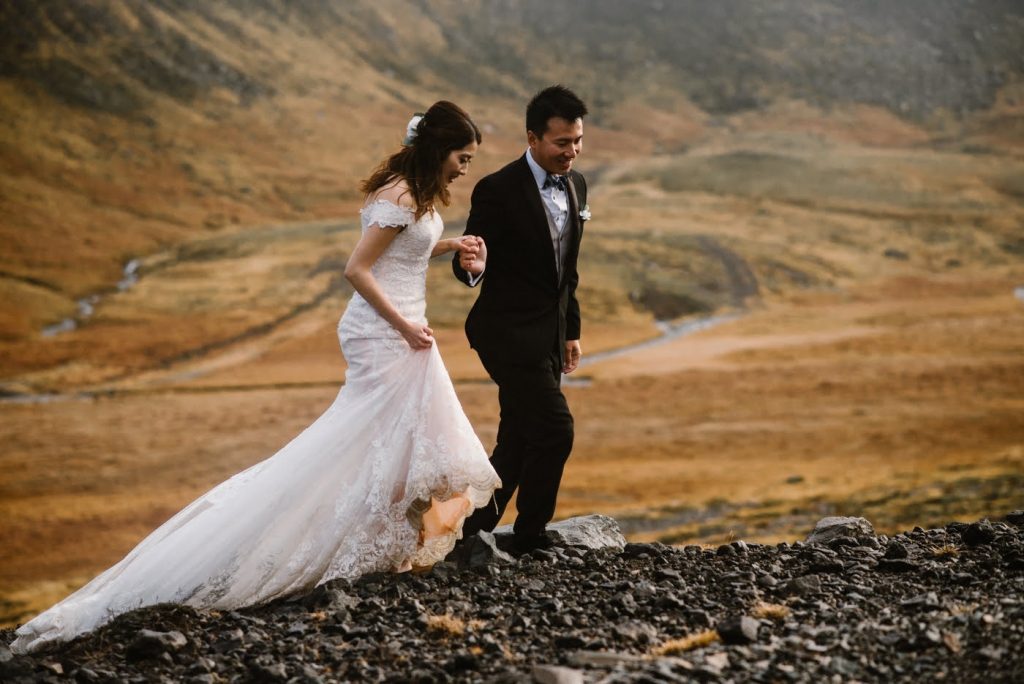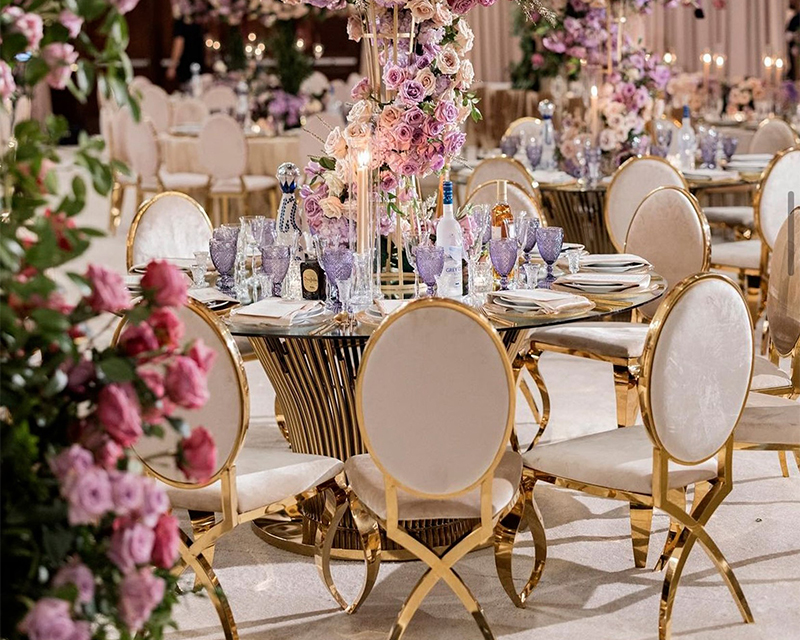Last month, immediately after a practically two year hiatus, Anna Wintour and her co-hosts at the time all over again sent out invites to the Achieved Gala, fashion’s equivalent of the Oscars.
The invitations to the once-a-year $35,000-a-ticket occasion announce a costume code that doubles as a topic based mostly on a corresponding show from the Met’s Costume Institute — normally a cryptic phrase that allows leeway for the A-record and their designers to improvise and riff.
Past events have been specified titles like: “Heavenly Bodies, Vogue and the Catholic Imagination” (2018), at which Rihanna wore a John Galliano pope outfit, and “Punk: Chaos to Couture” (2013), where Sienna Miller threw a studded Burberry leather-based jacket around a gown. This year the theme for the Sept. 13 gala is: “In America: A Lexicon of Vogue.”
As counterprogramming to this year’s Achieved Gala, the Types portion of The New York Periods despatched out 10 photographers to seize day to day Us residents, exploring out styles and one-way links involving disparate types. The editors questioned me — a novelist, not a vogue expert — to generate an accompanying textual content on what I see in the photographs.
My first inclination was to flip down the assignment. Who am I to opine on the clothes of a several dozen strangers and claim them representative of a region of 330 million? But the shots on their own seduced me. As did the precedent they brought to brain.
Starting in 1935, the Farm Security Administration despatched out some of the most famed photographers of the working day — Walker Evans, Dorothea Lange, Jack Delano and Gordon Parks among them — to document each day folks and introduce “America to Us citizens.” That initially F.S.A. challenge started as The us struggled to climb out of the Melancholy, and even though this is a much much more modest endeavor, these Occasions photographers have captured People in america as they battle to climb out of the pandemic.
I think of the trend of prior eras as being marked by particular fads that crossed demographics and subcultures. In the 1970s, one particular was as very likely to locate bell-bottoms on white individuals as Black individuals in the ’90s, baggy jeans ended up the norm throughout several groups.
But, in these photographs, I don’t discover clear apparel traits from one particular graphic to the subsequent. The most ubiquitous silhouette of the millennium as a result significantly — skinny denims — fails to make a one visual appearance. On the floor, the fashion consensus is no consensus.
Where are the legendary American brands? No Ralph Lauren horsemen. No Levi Strauss logos. Most likely one particular or two Nike swooshes. When the luxury model Louis Vuitton exhibits up, it is casually paired with a can of Modelo beer. Were it not for late-product automobiles and the occasional cellphone, I would not pretty be confident that these visuals had been all taken in the exact same decade, a great deal fewer the similar time.
The question of what these Us residents are putting on seems to direct only into dissonance. But as I stared at these pictures, the question of how these Individuals are dressing started to strike me as extra pertinent.
When I reviewed this with Avery Trufelman, host of the manner podcast “Articles of Fascination,” she explained to me about an come across she had with a fashion designer who refused to consider off his suede jacket.
An outfit, he described, is a sentence. Just about every piece in the outfit is a term that follows a grammar to increase up to a this means. To clear away the jacket from his appear would be like getting rid of the verb it would ruin the grammar, and even worse, the indicating. So fairly than on the lookout at the men and women in these photographs and asking what they are sporting, I started to inquire myself, how they have selected particular products of outfits, as one selects one’s words, and then arranged them, as just one arranges syntax, into indicating.
What people of us elevated on social media select to say varies throughout politics, cultures and areas, but how we say it has grow to be more and additional equivalent, pushed by the homogenizing strain of clicks and engagement. We discuss in pith, in memes, in outrage. We discuss in references and in pastiche. We stay clear of cringe. We pine for any era other than this a person. We price authenticity and the everyday ease of the viral. We know that trying as well really hard is suspect.

New York TownOkay McCausland

MiamiRose Marie Cromwell
The sentences and syntax of online social media have colonized the sentences and syntax of vogue. The outfits in these pictures look to converse in the exact same syntax as social media: a syntax of reference — to eras, to style icons, to regions — that is used in simple sentences. Topic/verb/item. Shirt/pants/footwear.
Their phrasing favors the generically legible. There is minor in the way of trend arcana, no obscure designers or complicated French seams that only a couturier could admire. These outfits are recognizable in the seven seconds it may possibly acquire a casual passer-by to peruse a TikTok. This is cowboy. This is punk. This is prep. This is queer.
In get to converse, by way of garments, in the syntax of social media — in which phrases, phrases and concepts have a life cycle of a mere handful of months — Us residents have occur to rely on obtain to a massive, and ever-evolving, lexicon, rife with neologisms. In other text, the outfits equivalent of on-line lexicon is speedy fashion. Just as we deploy on the net phrases and memes that may have a shelf everyday living of significantly less than a thirty day period, so too in our clothing do we lean on lexicons that could have cachet for only a couple months, not even a year.
Or we may perhaps pull from lexicon only as much as is desired to assemble a pastiche. No will need to dress just as they did in the ’70s: tailor-made tightly, in unforgiving materials. One particular can only gesture in that way with a handful of products bought from a speedy-style retailer and worn in a single of two sizes — somewhat much too massive or stretchy. The bulk of pictures in this selection communicate in this syntax.
A section of me desires to lament this change absent from longevity and durability, but that is like lamenting the world wide web. This is the age we stay in — for far better or for even worse. And when I expend plenty of time with these pics, I locate myself starting to be grateful. I uncover myself delighted by how entirely the longstanding American art of vibes has come to fruition by our existing approach and style lexicon.
Glimpse at the photograph of the two more mature cowboys struggling with each individual other: vignetted in a masculine intimacy, approximately similar in their apparel, the poignancy of the nearer, gruff-seeming cowboy atop a horse with a tenderly braided mane — vibes! The two gals caught in a equivalent second on the seashore, in in close proximity to-matching outfits, a person standing between the other’s legs? Vibes! The diptych of deeply tanned shirtless men, in their heavy jewelry, producing a before and immediately after from north to south. The group of laughing teens hanging out of a truck to smoke, no a single hunting one more in the eye, paired with the two women zipping up a purse, their gazes steadily downward as a guy grins from the driver’s seat of an S.U.V. The lady at the beach front, one arm up to let her scarf stream in the wind, the other holding a snack folded into a paper plate.
In any language, grammar and syntax and lexicon finally all mix for a person function: to converse this means. I find myself amazed by how casually but precisely and fluently they talk a vibe that I would connect with American Vogue.
It is cruising on a skateboard to the imagined virtual applause of thousands and thousands. It is cars and trucks and horses and beverages as accessories. It is ingesting on the go. It is a perception of area. It is twinning with like-minded individuals. It is possessing one’s decision of eras in just which to uncover affinity. It is a particular ease, a casualness. It is not chic. It is not constrained. It flows.




